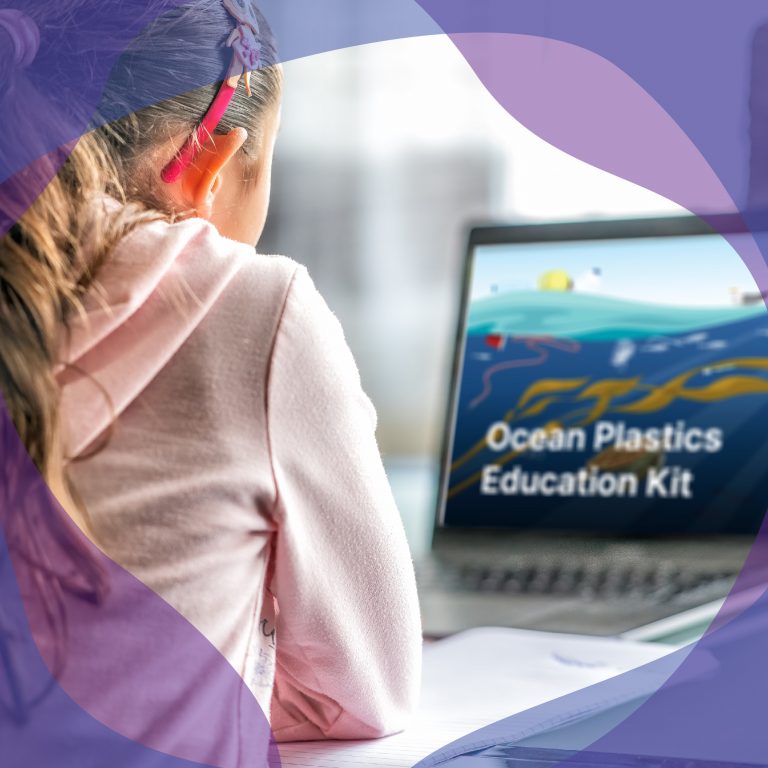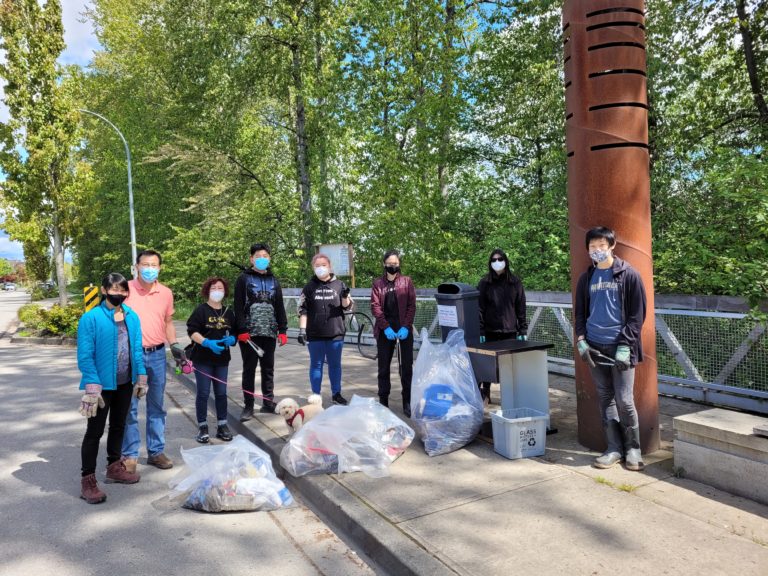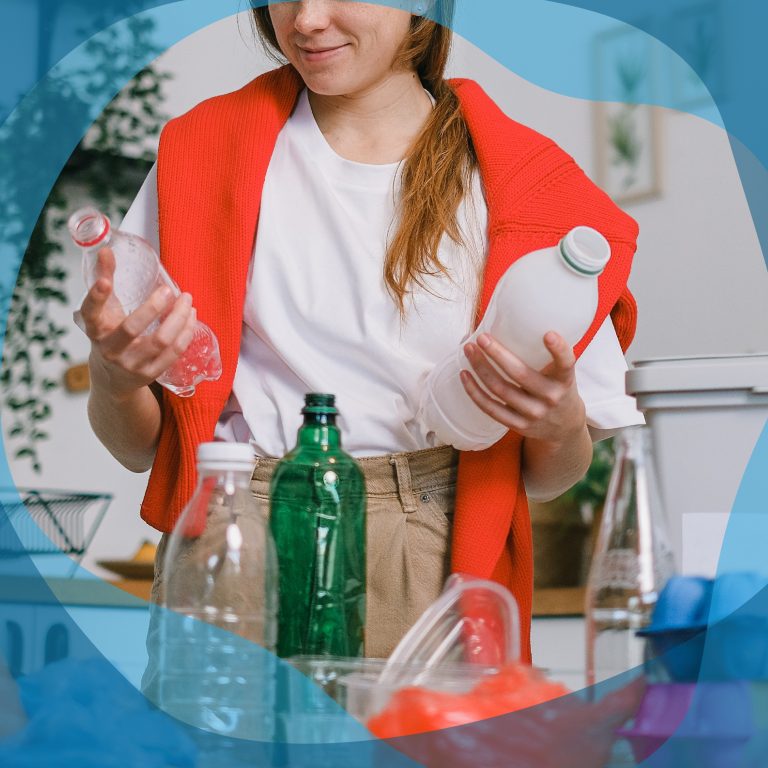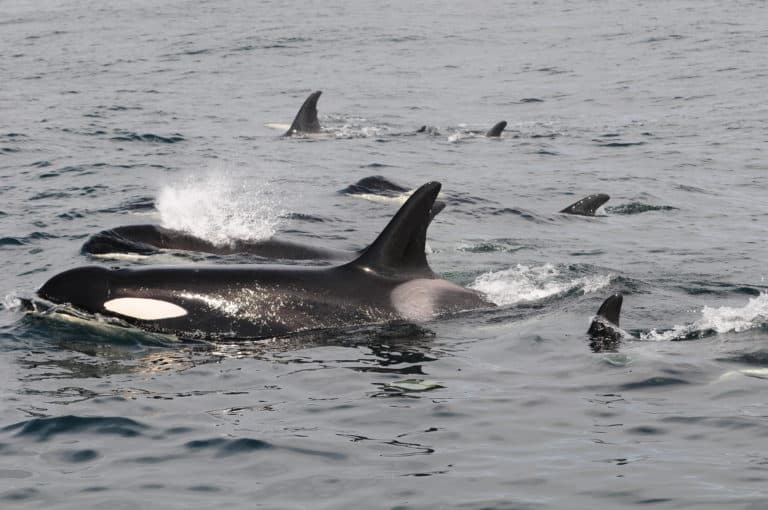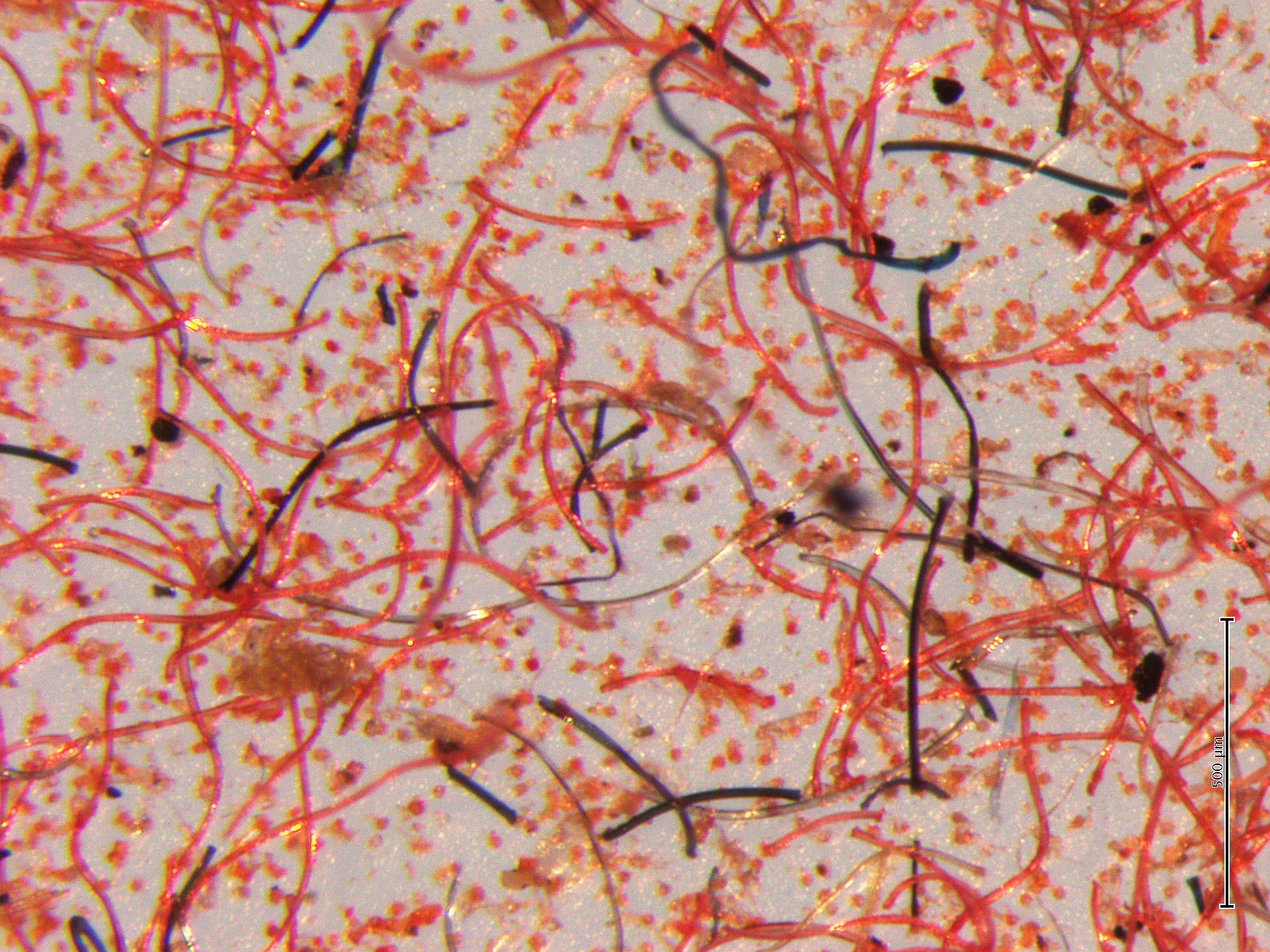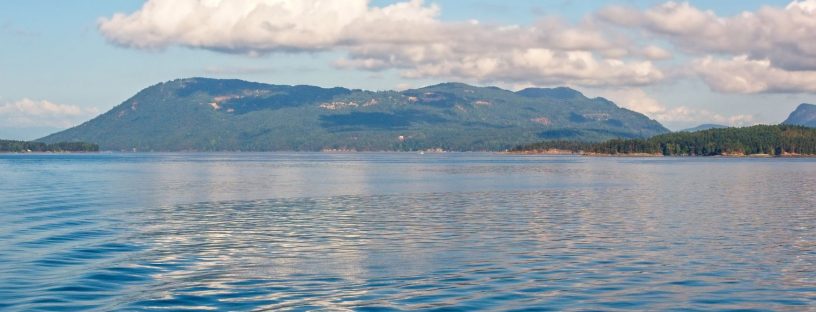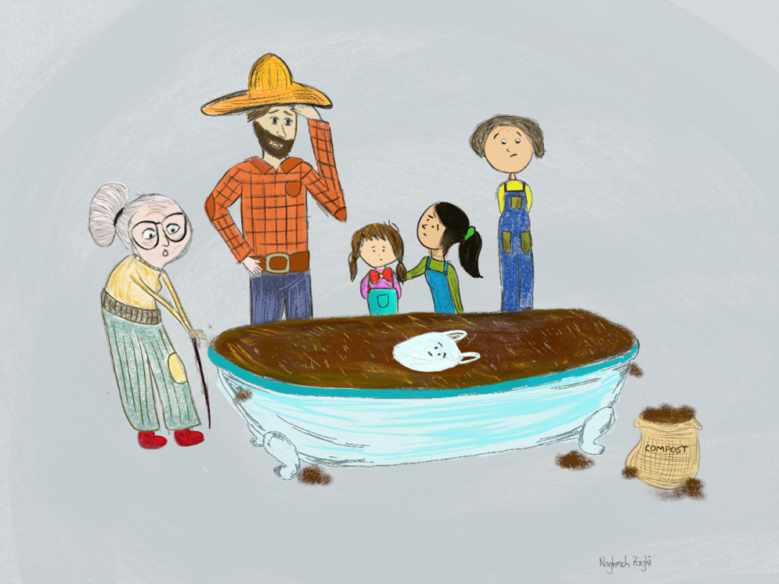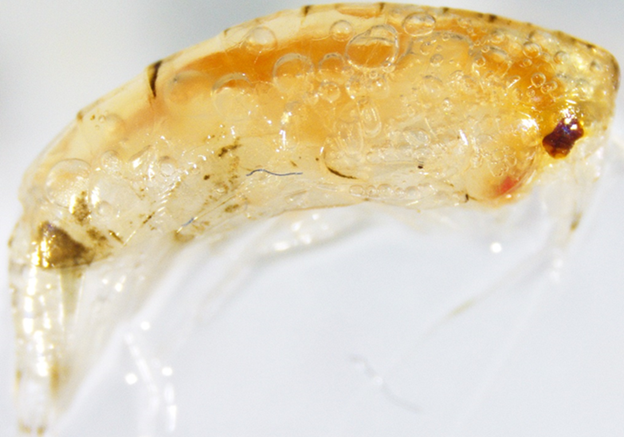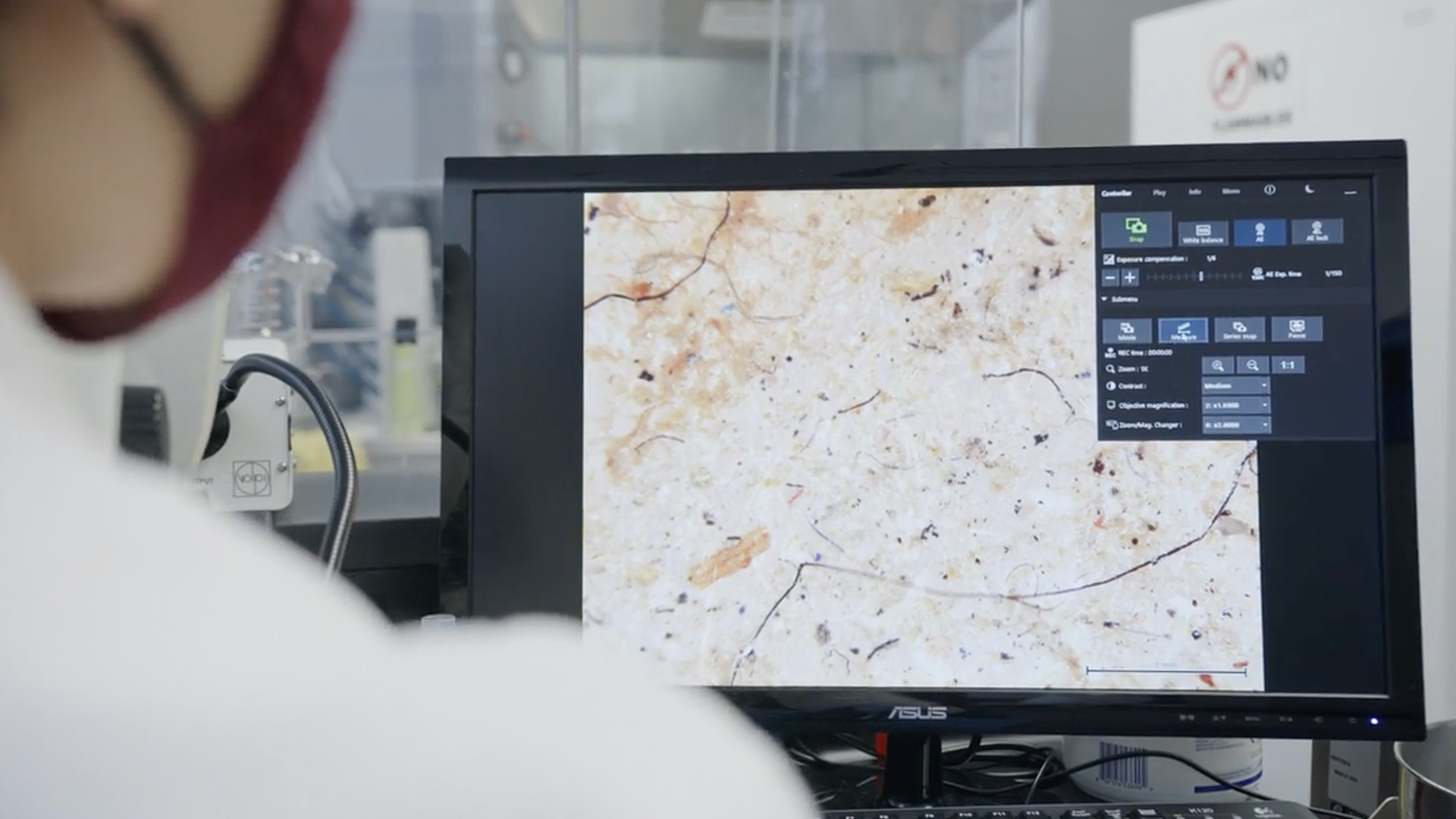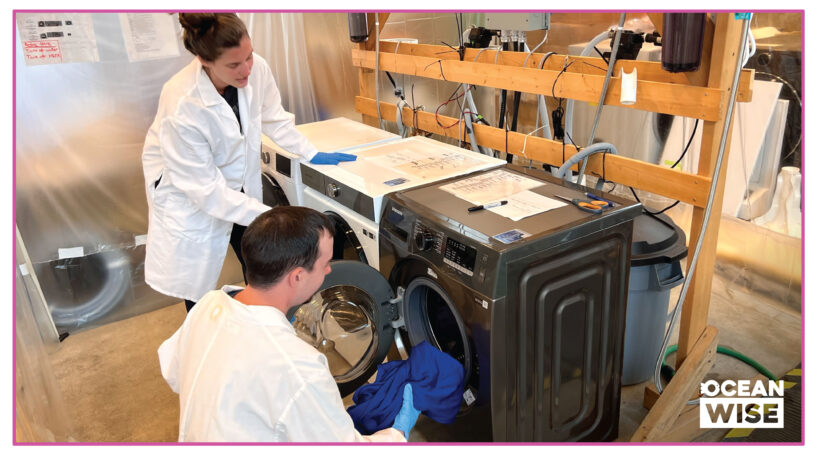New Study Finds Dryer Filters Can Capture up to 80% of Airborne Microfibers
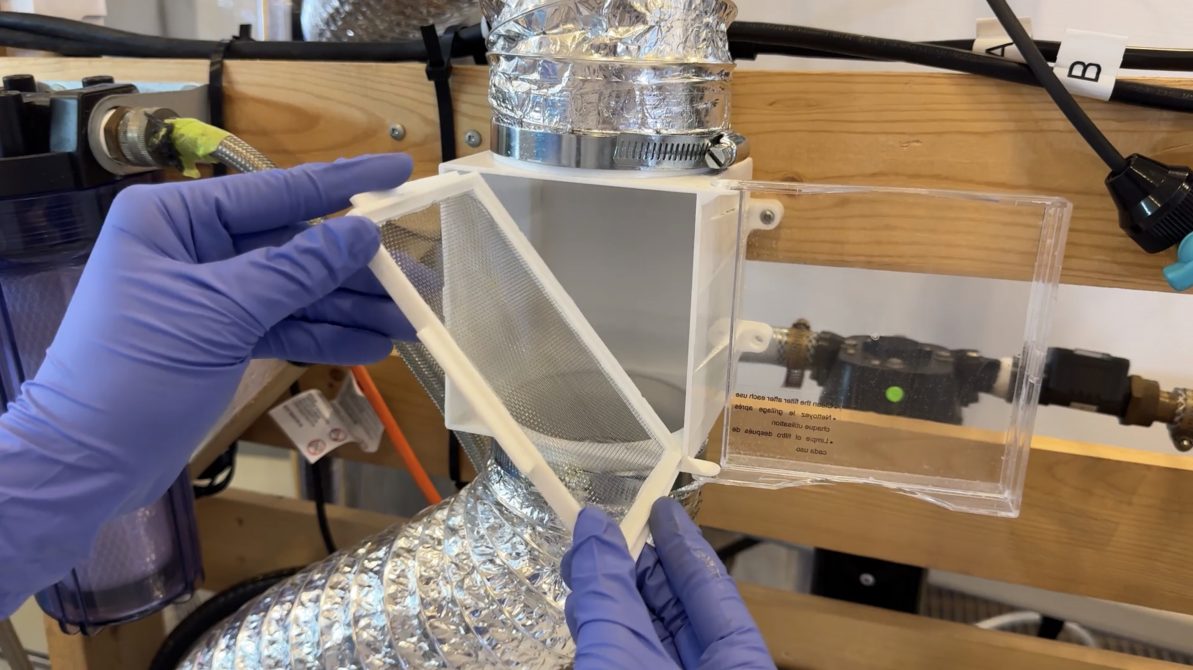
VANCOUVER, B.C. (November 19, 2025) – A research paper published today in Environmental Toxicology and Chemistry evaluates the efficacy of secondary dryer filtration systems, finding that some devices can capture up to 80% of microfibers before they enter the air.
To determine the effectiveness of secondary dryer filters, The 5 Gyres Institute conducted tests in a controlled laboratory setting in collaboration with Ocean Wise in Vancouver, B.C. Researchers washed and dried new synthetic fabric swatches according to standard residential household settings and tested three commercially available filters, including a duct filter and two indoor filters. All three secondary filters reduced airborne microfiber emissions, with indoor filters reducing emissions by as much as 80%.
The average Canadian household releases between 90 million and 120 million microfibers from a single dryer per year. The researchers estimate that if every household used the most effective filter, it could reduce microfiber emissions by up to 96 million microfibers.
“Microfibers are the most common type of microplastic found in human lungs, and our previous research revealed that dryers are an overlooked source of airborne microfiber pollution,” said Dr. Victoria Fulfer, Microplastics Scientist at The 5 Gyres Institute. “Fortunately, this new study highlights a promising and simple solution: dryer filters. Filtration offers a critical opportunity to reduce microfiber emissions, improve air quality, and protect public health.”
Microfibers, a type of microplastic that sheds from textiles, are pervasive across environments, including stormwater, oceans, remote mountain regions, and the human body. Airborne microfiber emissions pose a threat to human health due to their potential to enter the respiratory system. Recent studies have found microfibers in human lung tissue, placenta, and even the brain, where fibers may reach the brain’s olfactory bulb via the nasal passage.
Given increasing concerns over microplastic pollution in environmental and human health, this research provides critical data to inform interventions aimed at reducing microfiber emissions at the source. Secondary filters present a highly feasible solution because they are easy to install, easy to access for cleaning, and reasonably priced, with the filters tested ranging from $31 to $81 CAD at the time of the study.
“Ocean Wise is excited to build on our previous microfiber wash cycle research through this new study with 5 Gyres. It’s encouraging to see practical, science-based solutions that households can actually put into action – small changes that can make a big difference!” said Dr. Dalal Al-Abdulrazzak, Vice President, Programs at Ocean Wise.
This study builds on previous research from Ocean Wise, which revealed that washing clothes on cold, low intensity wash cycles – generally described as ‘gentle’ cycles – can reduce microfiber shedding by approximately 70%. For more information, visit ocean.org.
###
About Ocean Wise
Ocean Wise is a global conservation organization on a mission to build communities that take meaningful action to protect and restore our ocean. Through research, education, innovation, and collaboration, we are turning the tide on three major ocean challenges: plastic pollution, overfishing and climate change. By creating communities of concern that include industries, governments, and everyday citizens, we create a future where our ocean and the people who depend on it can thrive. Learn more at ocean.org.
About The 5 Gyres Institute
The 5 Gyres Institute (5 Gyres) is a leader in the global movement against plastic pollution with 15 years of expertise in scientific research, engagement, and education. With the original goal of answering a few key scientific questions about ocean plastics, co- founders Marcus Eriksen and Anna Cummins led 19 research expeditions in all five subtropical gyres, as well as many of the world’s lakes and rivers. 5 Gyres continues to lead with scientific research to drive upstream solutions through education, advocacy, and community building. Learn more at 5gyres.org and @5gyres.
Posted November 18, 2025 by Kim Bricker
